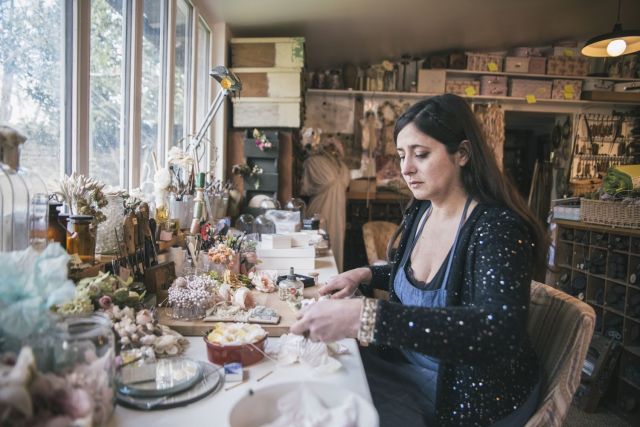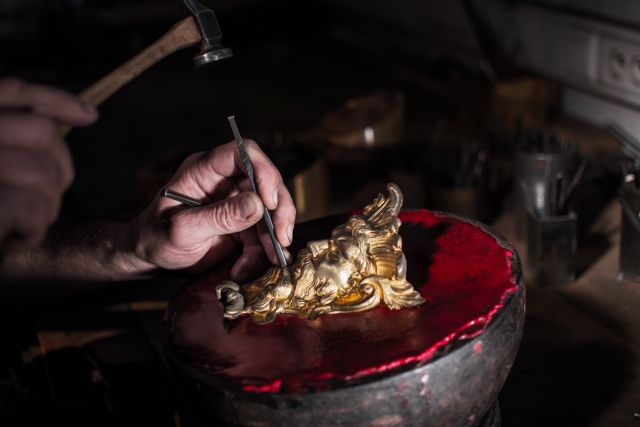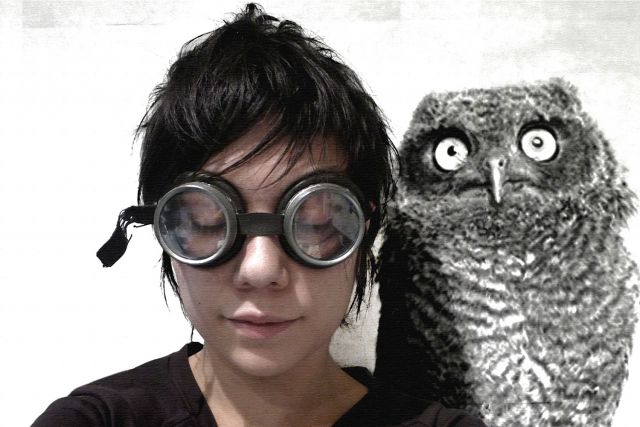This multicoloured crystal sculpture is inspired by the lightning bolt. It was made using an ancestral glassmaking technique, pâte de verre, according to the lost wax kiln casting process.
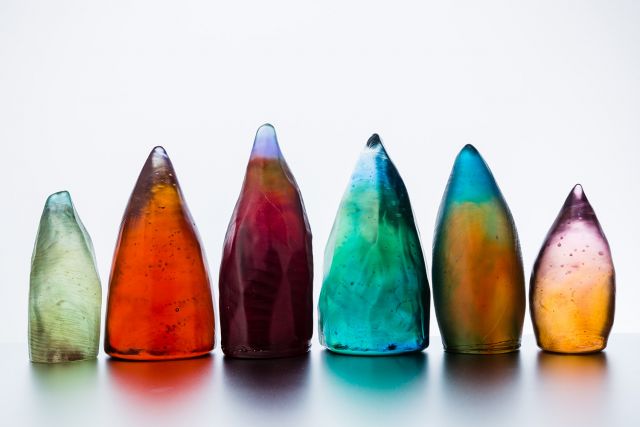
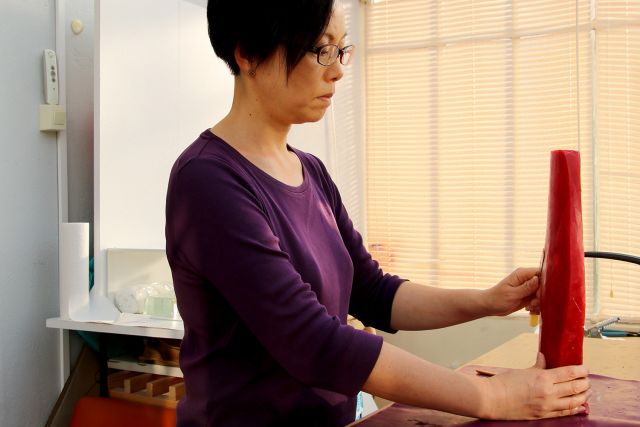
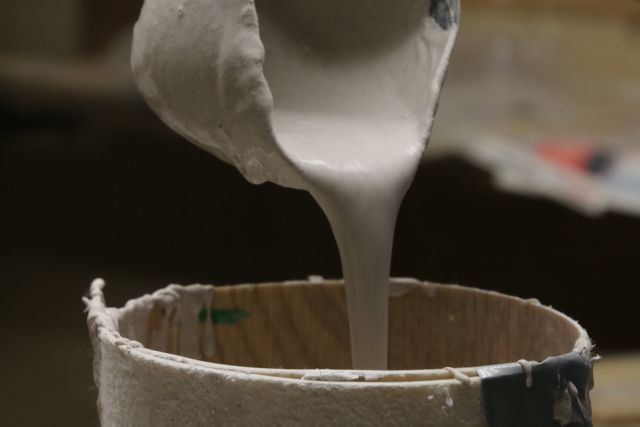
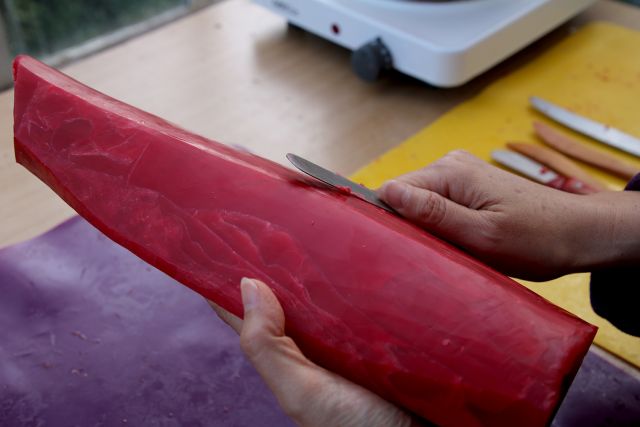
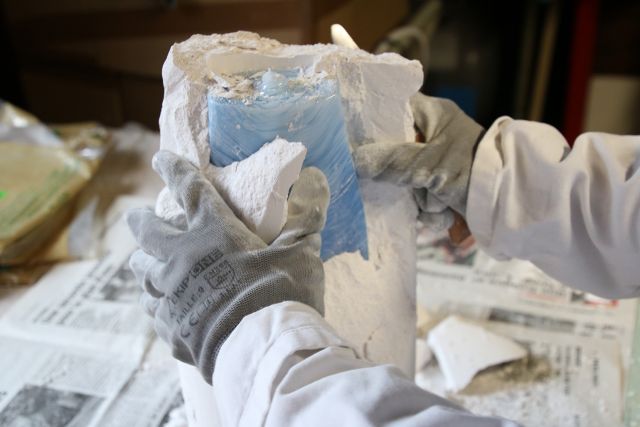
Eri Maeda
- Glass sculptor
- Vannes-Le-Châtel, France
- Master Artisan
By appointment only
+33 674036997
Life energy through glass
- • Eri specialises in the technique of pâte de verre
- • Her work is influenced by her Arabic, French and Japanese cultures
- • She gets her inspiration from her observations of nature
Originally from Tokyo, Eri Maeda first practised traditional Japanese floral art. But she was soon drawn to glass arts, as she became inspired by the possibility of combining matter, volume, light and colour. Initially trained in Japan, Eri took up the technique of pâte de verre, a form of kiln casting, in France. It is through this delicate technique, following the lost wax process, that she creates her unique sculptures. Movements and colours are solidified, emerging through the transparency of the glass just as an emotion would be captured. With this approach Eri seeks to express the ephemeral beauty of Nature. Her workshop is located in the Lorraine region, an area closely linked to glass and crystal crafts.
Read the full interviewWorks
Photo: ©Chulrang Yoon

Photo: ©Chulrang Yoon
This crystal sculpture in a blue-turquoise colour is inspired by underwater landscapes. It was made using the ancestral glassmaking technique, pâte de verre, according to the lost wax kiln casting method, which is a long and very delicate process.

Photo: ©Chulrang Yoon
This crystal sculpture in turquoise and salmon colours is inspired by the aurora borealis. The piece was made using an age-old glassmaking technique called pâte de verre, according to the lost wax kiln casting process.

Photo: ©Chulrang Yoon
This sculpture in crystal in amber sky-blue is inspired by the sunset and its many shades of colours. It was made using the age-old glassmaking technique called pâte de verre, according to the lost wax kiln casting process.

Photo: ©Frédéric Martin
This crystal sculpture, with its white and blue shades and round shape, is inspired by the clouds of the Earth seen from space. It was made using the age-old glassmaking technique called pâte de verre, according to the lost wax kiln casting process.





